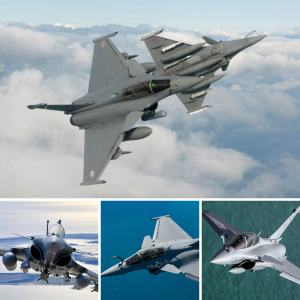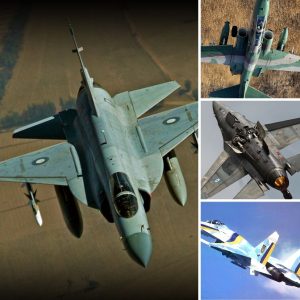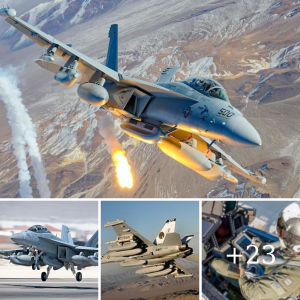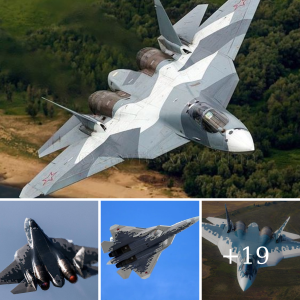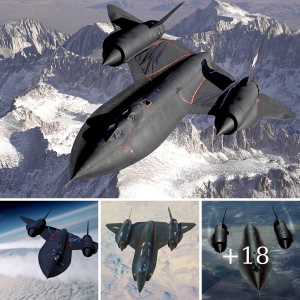In the world of military aviation, the AMX International AMX stands out as a testament to innovation and versatility. Developed in the late 20th century, this attack aircraft has proven itself as a capable and adaptable platform, designed to meet a variety of combat roles with efficiency and precision. The AMX International AMX, often simply referred to as the AMX, combines advanced technology with robust performance features, making it a notable player in the realm of multi-role strike fighters. Here’s a closer look at the AMX’s design, capabilities, and its impact on modern air combat.
A Joint Italian-Brazilian Endeavor
The AMX International AMX was the result of a collaborative effort between Italy and Brazil, two nations seeking to develop a cost-effective, yet highly capable, attack aircraft. The project began in the early 1980s with the goal of creating a versatile fighter that could perform a range of missions, from close air support to reconnaissance and strike operations.
The aircraft was designed and produced by a consortium of Italian and Brazilian aerospace companies, with Aermacchi (now part of Leonardo) and Embraer leading the development efforts. This international partnership brought together a wealth of expertise and resources, resulting in an aircraft that embodies the strengths of both nations’ aerospace industries.
Design and Performance
The AMX International AMX features a sleek, modern design optimized for both agility and durability. Its airframe is constructed from a combination of metal and composite materials, ensuring a balance between weight and strength. The aircraft’s low-wing design and advanced aerodynamics contribute to its impressive maneuverability and stability in flight.
One of the key performance features of the AMX is its powerful turbofan engine, the Rolls-Royce Adour 871, which provides the aircraft with a maximum speed of approximately Mach 0.9. This engine enables the AMX to perform a variety of missions with speed and efficiency, from delivering precision strikes to conducting reconnaissance flights.
The AMX’s flight control system is also noteworthy, featuring a fly-by-wire system that enhances its handling and responsiveness. This advanced system allows the aircraft to execute complex maneuvers and maintain control in challenging conditions, making it a reliable platform for both pilots and ground crews.
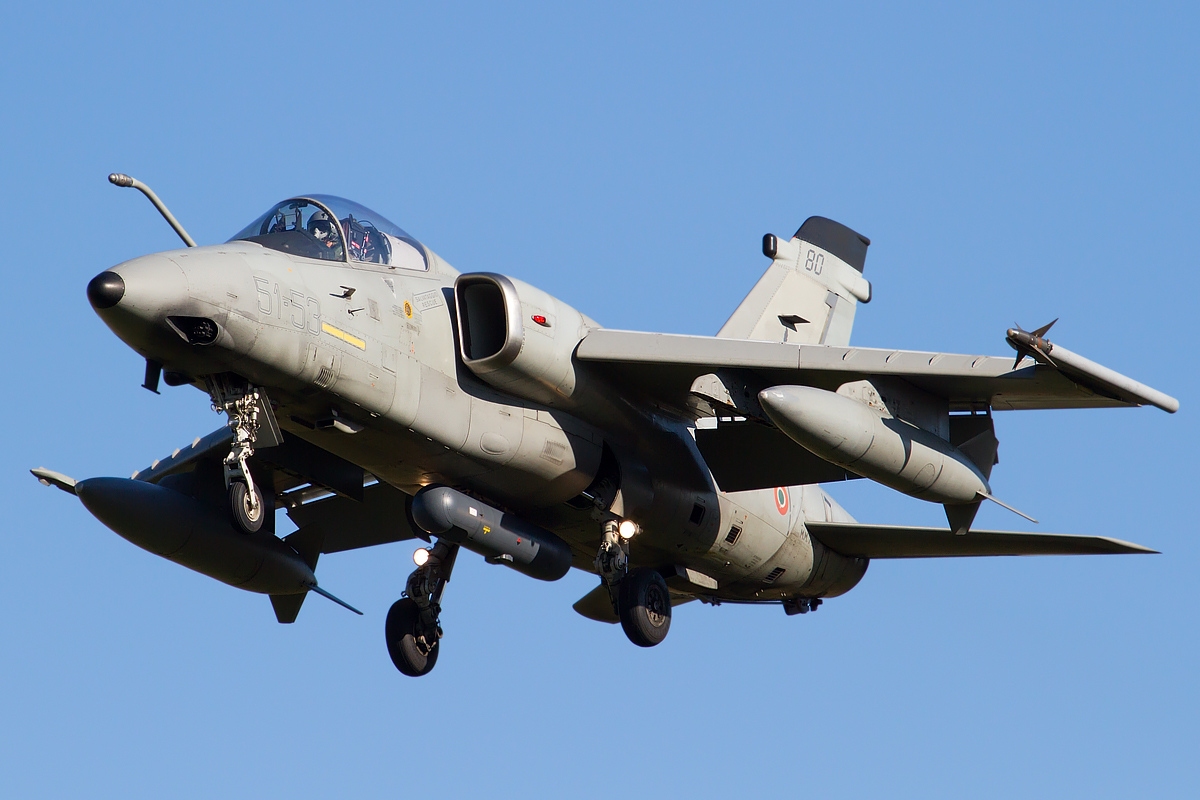
Multi-Role Capabilities
One of the defining characteristics of the AMX International AMX is its multi-role capability. Designed to perform a range of missions, the AMX is equipped with a versatile suite of weapons and systems that enable it to adapt to different combat scenarios. Its primary role is ground attack, where it excels in delivering precision-guided munitions to targets with high accuracy.
The AMX can carry a variety of ordnance, including laser-guided bombs, anti-tank missiles, and rockets. It also features an internal cannon for close-range engagements and self-defense. The aircraft’s ability to carry and deploy different types of munitions makes it a valuable asset for ground forces, providing close air support and strike capabilities in various operational environments.
In addition to its strike capabilities, the AMX is equipped with advanced avionics and sensor systems that enhance its effectiveness in reconnaissance and surveillance roles. The aircraft’s radar and electronic warfare systems allow it to gather valuable intelligence and conduct electronic attacks, providing crucial support to both air and ground operations.
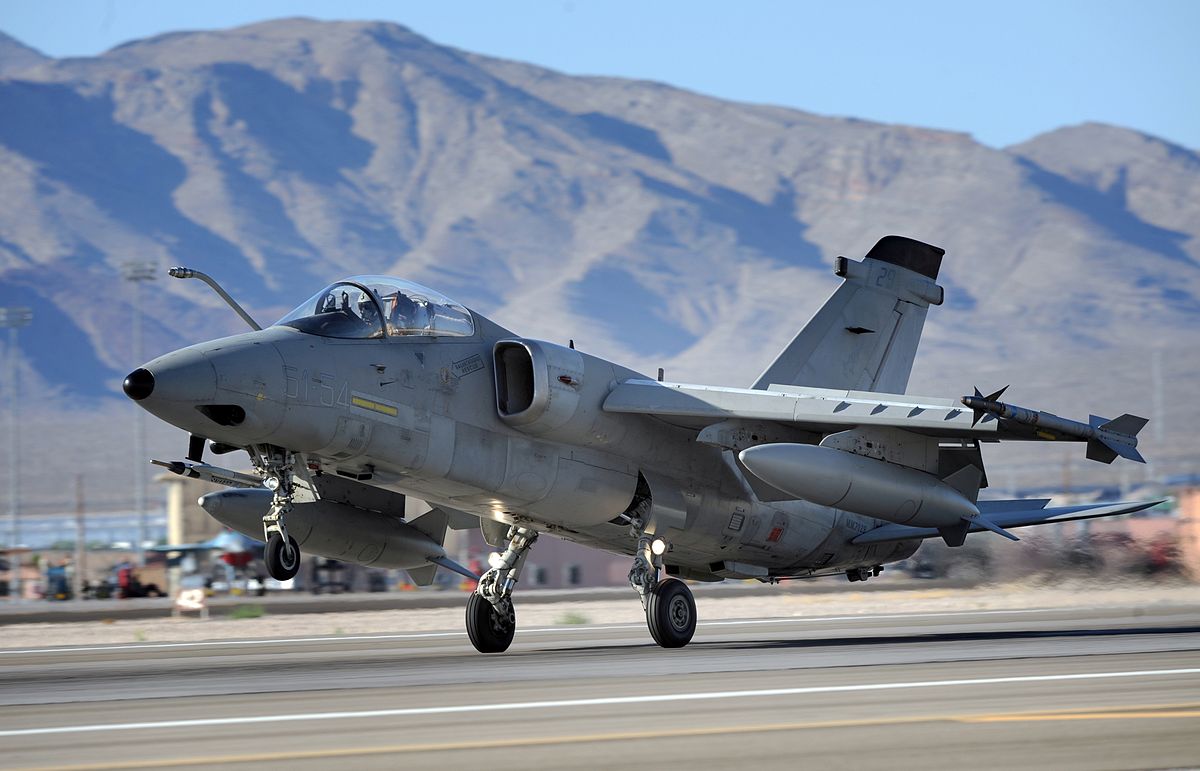
Operational History and Impact
Since its introduction in the 1990s, the AMX International AMX has seen service with the air forces of both Italy and Brazil. Its operational history includes a range of missions, from peacekeeping and humanitarian operations to combat engagements in various conflicts.
In Brazil, the AMX has played a significant role in the country’s defense strategy, providing a reliable and versatile platform for a range of missions. The aircraft has been used in counterinsurgency operations, border patrols, and training exercises, demonstrating its adaptability and effectiveness in diverse scenarios.
Italy has also utilized the AMX in various operational contexts, including NATO missions and international peacekeeping efforts. The aircraft’s performance and capabilities have been praised by Italian pilots and defense analysts, contributing to its reputation as a capable and reliable strike fighter.
Future Prospects
As the AMX International AMX continues to serve in the air forces of Italy and Brazil, its legacy of performance and versatility remains strong. While newer aircraft models and technologies have emerged in the global defense landscape, the AMX continues to offer valuable capabilities and proven effectiveness.
Ongoing upgrades and modifications are expected to enhance the AMX’s performance and extend its operational life. These updates will likely include improvements to avionics, weapons systems, and overall aircraft performance, ensuring that the AMX remains a relevant and effective platform in the years to come.
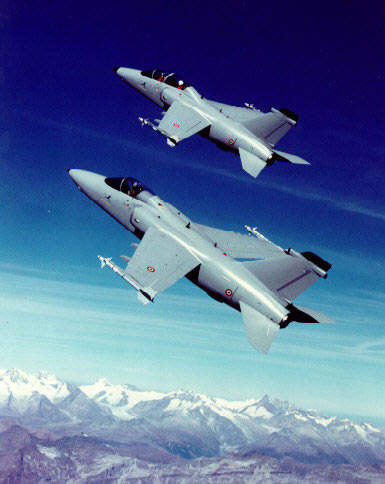
Conclusion
The AMX International AMX is more than just a strike fighter—it is a symbol of international collaboration and technological innovation. With its versatile capabilities, advanced design, and proven performance, the AMX has established itself as a formidable player in the world of military aviation. As it continues to serve and adapt to modern requirements, the AMX’s legacy as a reliable and adaptable attack aircraft remains firmly intact, showcasing the strengths of a successful joint aerospace endeavor.
